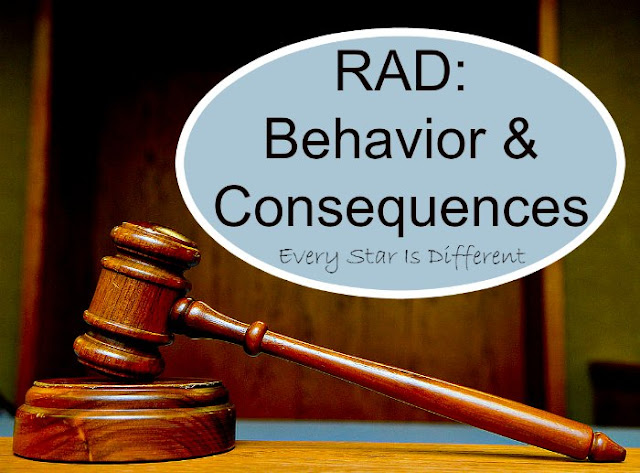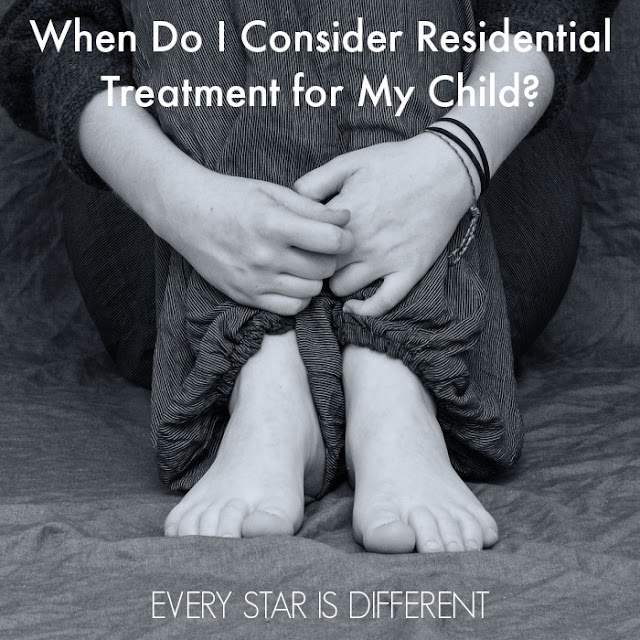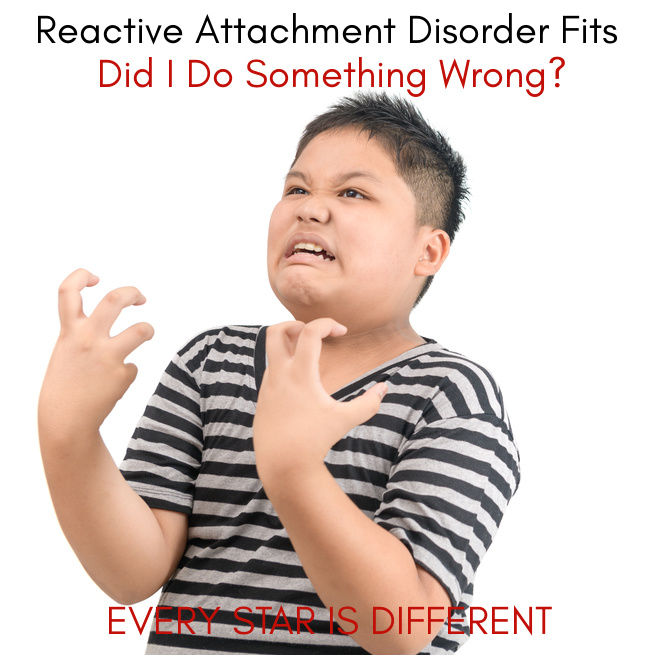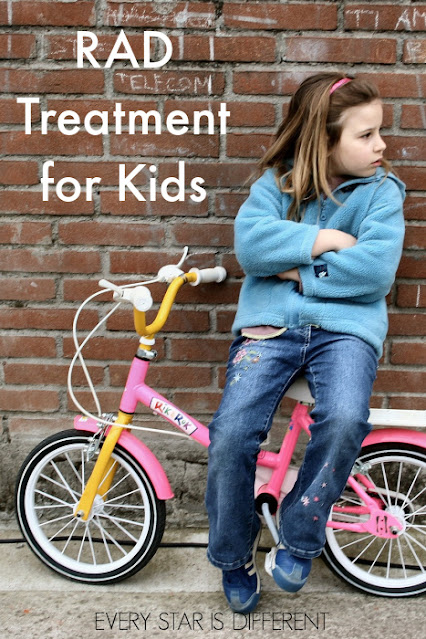Reactive Attachment Disorder or RAD Treatment for Children is not something that takes place over a few weeks, few months, or even a few years. RAD Treatment takes decades and sometimes a lifetime.
There are no medications that magically make things go away or help with Reactive Attachment Disorder.
As devastating as this all sounds, there is hope.
The correct RAD treatment can bring about healing.
RAD treatment doesn't come in the forms one would think.
In our experience the most successful RAD treatment comes from caregivers, not professionals.
Professionals have a very specific role in treatment, but most often, it's not what you think.
I am the mother of two daughters adopted from foster-care with Reactive Attachment Disorder. My husband is a retired licensed mental health therapist.
Our oldest daughter, Princess, is thirteen and on the path to healing from RAD, thriving at home. She still struggles outside of the home in big ways, but she's working on that.
Sunshine, our younger daughter, age 11, has spent almost three years divided among four residential placements due to homicidal tendencies and behaviors towards family members. She has a long documented history of violence and aggression towards others.
Residential treatment centers she attended were considered the highest level of care available, because of the severity of her behaviors.
Currently, Sunshine resides at home and works hard to stay safe with her family every day.
Our longest stretch of no aggression is 34 days.
Over the years we have tested and tried everything we can possibly think of to treat Reactive Attachment Disorder. Here's what we've found works best!
Reactive Attachment Disorder or RAD Treatment for Children
Forget about Normal and Lower Expectations
Keep your RAD Child's World Small
Show Unconditional Love
Be Consistent with Boundaries
Give Natural and Logical Consequences
Be a Drill Sergeant
Promote Independence
Use the Montessori at Home
How to Raise An Amazing Child the Montessori Way
Observe the Child
Follow the Child
Respect the Child
Understand the 8 Senses
- Tactile (Touch)
- Visual (Sight)
- Auditory (Hearing)
- Olfactory (Smell)
- Gustatory (Taste)
- Vestibular (Balance and Sense of Movement)
- Proprioceptive (Muscle and Joints)
- Interoception (Physiological and Physical Conditions of the Body)
















No comments:
Post a Comment